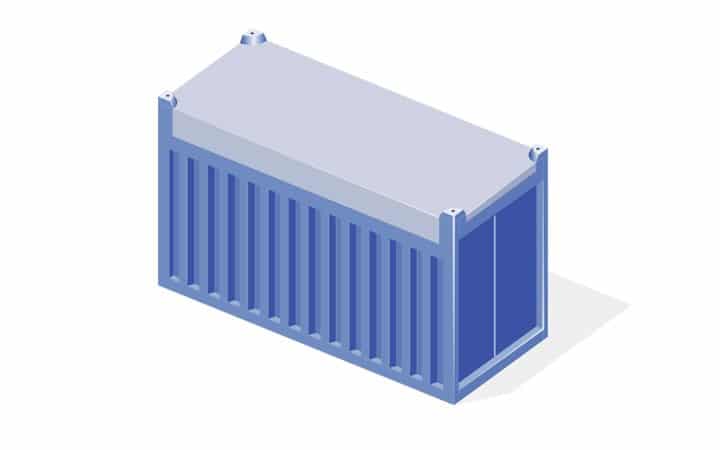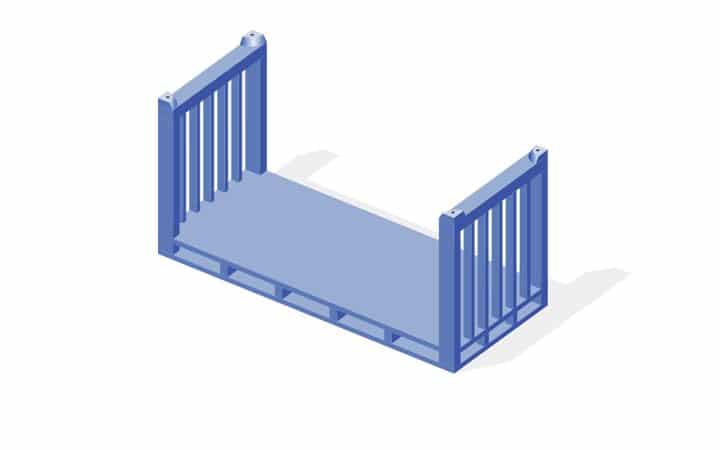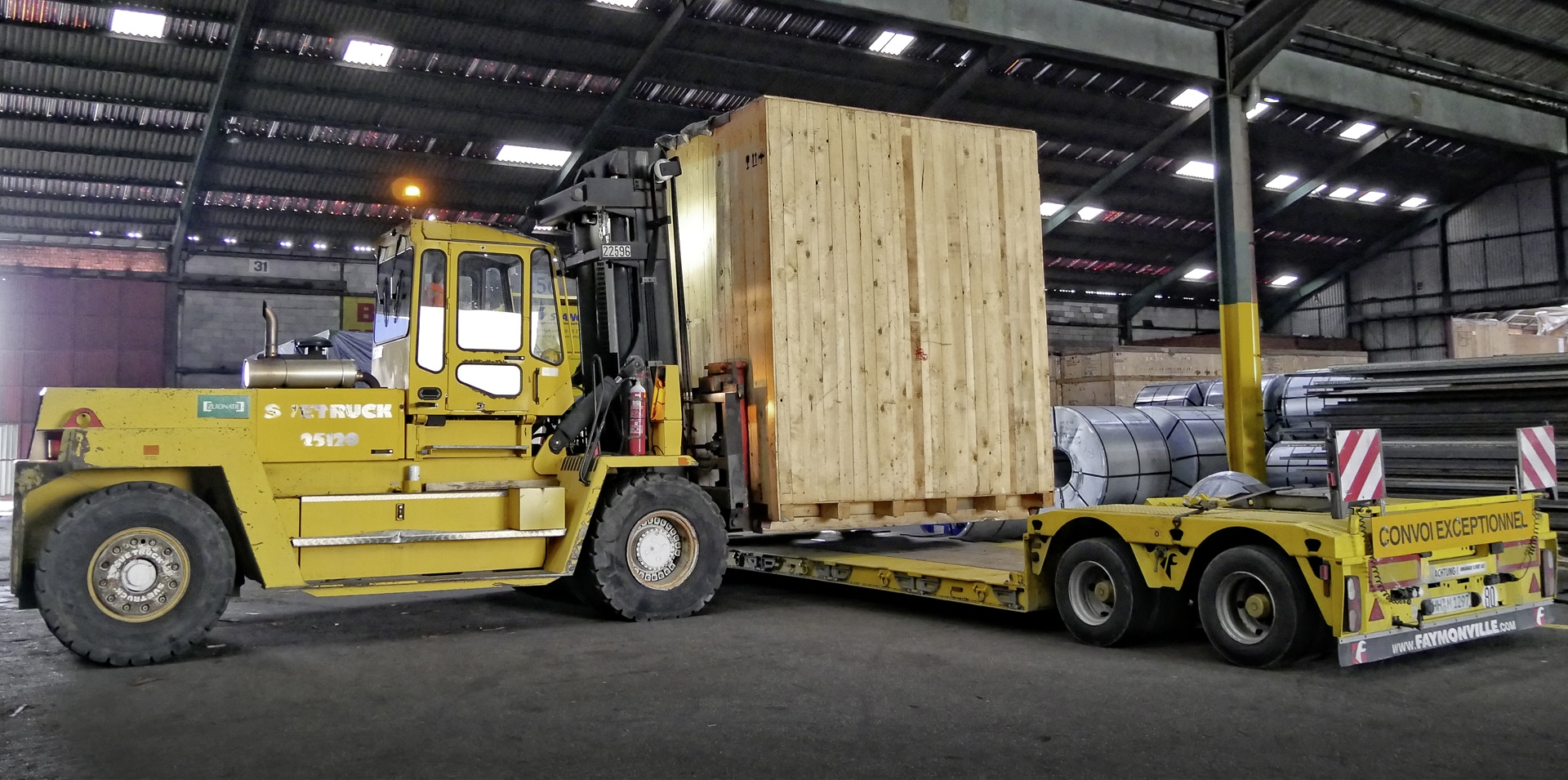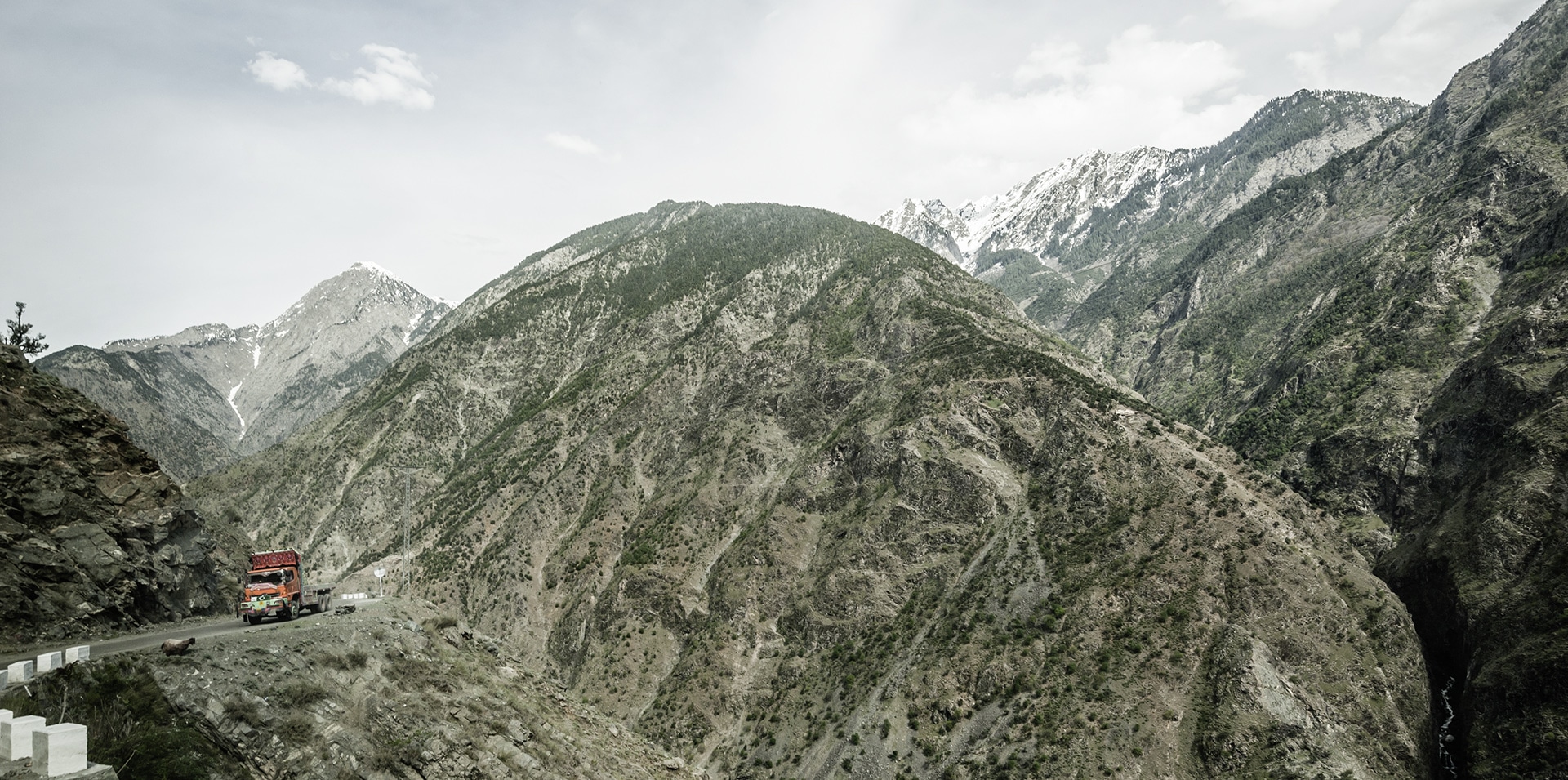All in all, the Militzer & Münch Group transports almost 190 containers laden with parts for a paper machine to Russia. The German and the Chinese Militzer & Münch organizations are involved in the multimodal transports. The challenging project will be finalized in this summer.
The Republic of Karelia lies in the Northwest of the Russian Federation. In Segezha, a town of 30,000, a paper mill is being modernized and equipped with anew paper machine. Paper and cardboard are, alongside wood and metals, the main exports of the region. The majority of the parts for the machine come from the Voith Group. Voith St. Petersburg assembles the paper machine in cooperation with the end customer. For the transportation of the machine parts, Voith commissioned, among others, Militzer & Münch.
Complete imports from China and Brazil
Once assembled, the paper machine measures 130 meters in length and 10.5 meters in width. It consists of numerous parts. Militzer & Münch is responsible for the entire imports from China and Brazil to Germany and for the container exports via sea from Germany to Russia. In September 2016 Militzer & Münch began dispatching the first ocean transports of components from Brazil and China to Germany using leasing containers.
First sea shipments from Hamburg to St. Petersburg are planned for April. The goods are then on-forwarded from St. Petersburg to Segezha via road.
“The good cooperation and intensive communication between the Militzer & Münch teams in China and Germany have allowed the project to proceed smoothly.”
Thomas Czojor
Manager Militzer & Münch Air & Sea branch Hamburg
Different containers used
A planning phase of several weeks preceded the project. “Together with our suppliers, we have to individually adapt the transport mode for each single delivery”, says Thomas Czojor, Manager of the Militzer & Münch Air & Sea branch Hamburg. “For example, many calender rolls for the machine come from China. We transported them to Hamburg with open top containers.” Apart from open top containers, Militzer & Münch also uses high cube and flat rack containers for this order (cf. box), plus one out-of-gauge box.
The oversize box, measuring 3.45 meters in length, 3.33 meters in width, 4.20 meters in height and weighing 19 tons, had a very long journey. “Due to its height, this break bulk load was a special challenge”, says Thomas Czojor. “We delivered it from Shanghai via Antwerp in a special transport to the customer’s plant in Heidenheim, Germany.” The component for the paper machine will now be transported to Russia on a truck.
Customs know-how is a must
Apart from the transport per se, Militzer & Münch is also responsible for part of the customs clearance. “We did the export clearance in Brazil and China, the import clearance in Germany and the export clearance for Russia”, says Thomas Czojor. The import customs clearance in Russia is done by the end customer’s customs broker.
So far, the entire project has been handled to the fullest satisfaction of the customer. “The good cooperation and intensive communication between the Militzer & Münch teams in China and Germany have allowed the project to proceed smoothly”, says Thomas Czojor. The customer has already placed new enquiries with Militzer & Münch; they are being worked on.

Karelia
Karelia is located in Europe’s Northeast, between the Baltic Sea and the White Sea. The entire region covers an area of about 200,000 square kilometers. 85 percent of the area is Russian territory: that’s the Republic of Karelia with a population of 700,000. About 30,000 square kilometers belong to Finland; the Finnish part counts 400,000 inhabitants.
The Russian part of Karelia is governed as an autonomous republic within the Russian Federation with regional legislation and its own constitution. Among the main export goods are treated and untreated wood, but also paper and cardboard. The major trade partners are Finland, Germany, the USA and Great Britain.
The paper machine
As far back as 2,000 years ago, the Chinese knew a method to produce paper. In Europe, paper wasn’t produced until a thousand years later. Before the industrial revolution, it had to be made by hand. At that time, paper was a precious and expensive raw material.
In 1789, Frenchman Nicholas-Louis Robert invented a machine that produced continuous paper instead of one sheet at a time – a cost-efficient and fast method of papermaking. With this invention, the product became accessible to the public at large.
Some years later, British paper merchants Henry and Sealy Fourdrinier added yet another essential improvement to Robert’s invention with the help of engineer Bryan Donkin. They developed a machine where all the processes follow one after the other without an attendant having to interfere.
The basic principle of the paper making machine has not at all changed since: Cellulose fibers from plants are diluted in water to pulp. A sieve separates the fibers and water; the crude paper or web is formed. The remaining humidity is extracted from the paper sheet via pressure and heat. In the final calendering process, the paper is smoothed.
Today, paper machines produce about 1,800 meters of paper per minute. The quantity produced by a modern paper machine in one hour surpasses the annual quantity a machine was able to manufacture in the 19th century.
What containers were used by Militzer & Münch in this project?

For lightweight and voluminous goods, high cube containers are the preferred choice. They are about 30 centimeters higher than standard 40-foot containers, allowing for higher piles of palettes. A 40-foot box measures 12.03 meters in length, 2.35 in width and 2.68 in height.

Open top containers are mostly used for higher shipments. They can be loaded from the top by crane, if loading through container doors is impossible. Open top containers can be closed with a removable tarpaulin. The 40-foot containers measure 12.03 meters by 2.35 by 2.38.

For out-of-gauge or voluminous cargo, a flat rack container is used. Boxes that are larger than a closed container can be loaded onto such containers. The cargo is safely secured with posts and lashing straps according to legal requirements. A 40-foot container measures 12.05 meters by 2.44 by 2.26.

